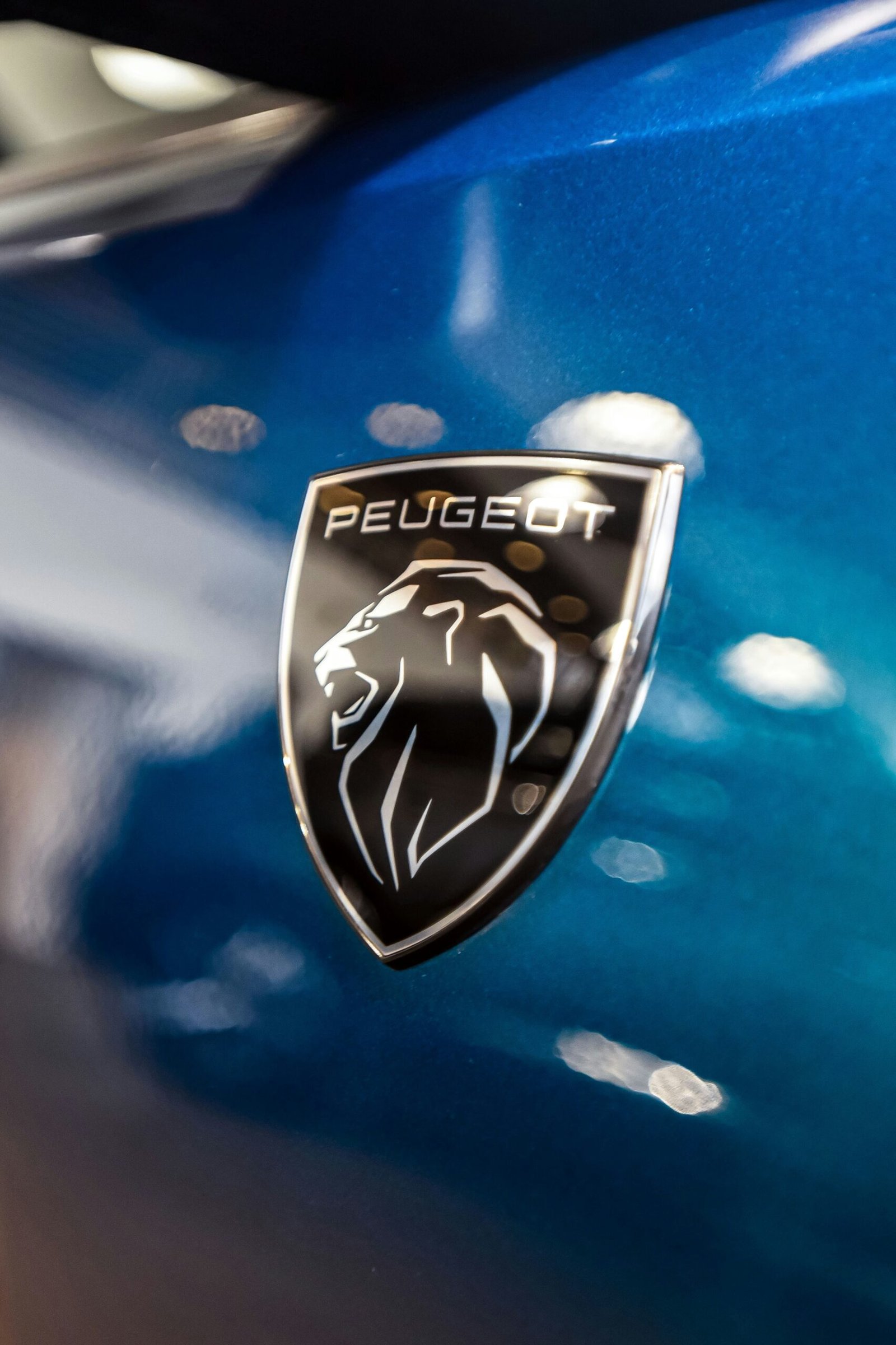Introduction to the Global Automotive Market
The global automotive market is a colossal and dynamic industry, contributing significantly to economies around the world. With millions of vehicles sold annually, this sector not only drives economic growth but also affects technological advancements and environmental policies. The importance of the automotive industry is further underscored by the fact that it employs millions of people globally, from manufacturing plants to sales avenues, and R&D centers to after-sales services.
In recent years, the automotive market has been shaped by several key trends. Notably, there has been a marked shift towards sustainability, with a growing preference for environmentally friendly and fuel-efficient vehicles. Advances in electric vehicle (EV) technology, in particular, have led to an increase in EV adoption rates. In 2020, approximately 3.24 million electric cars were sold worldwide, reflecting a 43% increase compared to 2019, which aligns with the global push toward reducing carbon emissions and decreasing reliance on fossil fuels.
Emerging markets have also played a crucial role in driving car sales. Countries such as China, India, and Brazil have seen a surge in vehicle demand, fueled by rising disposable incomes and urbanization. China’s automotive market alone accounted for over 21 million vehicle sales in 2021, making it the largest car market in the world. This growth pattern in emerging markets is expected to continue, contributing significantly to the overall expansion of the global automotive sector.
Consumer preferences have also evolved dramatically over the past decade. There has been a notable shift from sedans to SUVs, driven by the latter’s perceived utility and comfort. SUVs and crossovers have become the fastest-growing segment, reflecting a consumer desire for larger, versatile vehicles. Additionally, the integration of advanced safety features and in-car technology, such as driver assistance systems and infotainment units, has become a critical factor influencing buying decisions.
Statistics over the last decade illustrate these transformative trends. Global car sales experienced fluctuations, peaking in 2017 with over 93 million units sold, followed by a decline during the COVID-19 pandemic. However, the market demonstrates resilience, with an expected rebound driven by pent-up demand and ongoing innovations. With these trends in mind, the subsequent sections will delve into the top-selling car models that have captured consumer interest and dominated sales charts worldwide.
Criteria for Being a Top-Selling Car
Determining whether a car qualifies as a top-seller involves an intricate combination of factors. Primarily, sales figures play a crucial role; the sheer volume of cars sold is a direct and quantifiable measure of a car’s popularity and market acceptance. However, high sales figures alone do not define a top-selling car comprehensively. Market reach is another critical element, encompassing not just global sales but also the car’s penetration into diverse markets. A vehicle that sells exceptionally well in multiple regions demonstrates versatile appeal, transcending geographic boundaries and consumer preferences.
Customer satisfaction is a vital component, providing insights into the overall experience of the car’s owners. High ratings in reliability and innovation are indicative of a car’s quality and the manufacturer’s commitment to progressive engineering. Reliability ensures that customers can depend on their vehicles, which builds trust and promotes long-term loyalty. Innovation, on the other hand, appeals to consumers seeking the latest advancements in automotive technology, which can set a top-selling car apart from its competitors.
It’s important to recognize that different regions may have varying best-sellers due to distinct consumer preferences and economic conditions. For instance, while compact cars might be in demand in urban areas with dense traffic and stringent emission regulations, larger vehicles such as SUVs could be more popular in regions where spacious interiors and off-road capabilities are highly valued.
Elements such as brand reputation and marketing strategies also influence a car’s sales performance immensely. A strong brand can engender trust and attract loyal customers, while effective marketing campaigns enhance visibility and appeal. Additionally, comprehensive after-sales service, encompassing warranties, maintenance packages, and customer support, can significantly bolster customer confidence and satisfaction, leading to repeat purchases.
Competitive pricing and value for money are core to a car’s success in the market. Consumers are increasingly discerning and seek vehicles that offer the best balance between cost and benefits. Managing to offer advanced features, high reliability, and customer satisfaction at a competitive price point is often a hallmark of top-selling cars. Hence, achieving a delicate balance across these various factors is essential for a car to be recognized as a top seller in the global market.
Top Selling Cars: A Regional Breakdown
Understanding the global automotive market entails a detailed look at how different regions prefer varied types and models of vehicles. This section uncovers the top-selling cars across North America, Europe, Asia, and other crucial markets.
North America
In North America, the automotive market is characterized by a strong preference for trucks and SUVs. Topping the list is the Ford F-Series, celebrated for its rugged build, robust performance, and versatile capabilities. The F-Series starts at around $30,000 and is favored by both personal and commercial users. Another top contender is the Chevrolet Silverado, known for its durability and advanced towing features, starting at approximately $28,000. Additionally, the Ram 1500 continues to be a favorite with its luxurious interior and powerful engines, priced from $32,000.
An emerging trend in this region is the shift towards electric vehicles (EVs). The Tesla Model 3, with a starting price of $40,000, has seen increasing popularity due to its long range and advanced tech features. This trend is influenced by growing environmental consciousness and government incentives promoting the adoption of green vehicles.
Europe
In Europe, compact cars and hatchbacks dominate the market due to metropolitan driving conditions and high fuel efficiency demands. The Volkswagen Golf leads the market with its blend of quality, performance, and affordability, starting at €23,000. The Renault Clio, starting at around €15,000, is another beloved model owing to its stylish design and practicality.
Interestingly, the push for cleaner energy has elevated the popularity of electric vehicles like the Renault Zoe, available at approximately €32,000, supported by favorable policies and incentives across the European Union.
Asia
Asia’s automotive market is diverse, with preferences varying widely. In Japan, the Toyota Corolla reigns supreme, known for its reliability and economy, priced from ¥2,000,000. The Nissan Note, starting at ¥1,900,000, also enjoys significant popularity due to its compact design and efficiency.
In China, the Wuling Hongguang Mini EV, priced around ¥28,800, dominates the market, driven by its affordability and the increasing demand for electric vehicles. China’s focus on reducing emissions is a strong impetus for this trend.
Other Notable Regions
In Latin America, the Chevrolet Onix is highly popular, thanks to its affordability and fuel efficiency, with prices starting from $13,500. Meanwhile, in the Middle East, the Toyota Land Cruiser stands out due to its off-road capability and strong performance, with a starting price of $85,000.
Local economic and cultural factors significantly influence car preferences. For instance, economic stability and disposable income affect the budget and luxury vehicle segments, while cultural preferences can tilt the scale towards specific types or brands of cars.
Future Prospects: What to Expect in the Car Market
The car market is on the brink of a transformative era, fueled by emerging technologies and evolving consumer preferences. Electric vehicles (EVs) are at the forefront of this transformation, with their prioritization over traditional internal combustion engines becoming increasingly apparent. This shift is driven by both advancements in battery technology and heightened environmental awareness among consumers. The increasing availability of charging infrastructure is also playing a pivotal role in accelerating the adoption of EVs.
Autonomous driving technologies represent another significant advancement with the potential to revolutionize the car market. Self-driving cars promise enhanced safety, reduced traffic congestion, and increased convenience. Although fully autonomous vehicles are still under rigorous testing phases, semi-autonomous features such as adaptive cruise control and lane-keeping assistance are already becoming commonplace, setting a precedent for broader implementation.
Sustainability is also a driving force in the future of the car market. Stricter regulatory measures aimed at reducing carbon footprints are prompting manufacturers to innovate greener solutions. The push for sustainable practices is expected to influence not only vehicle production but also materials sourcing and end-of-life disposal methods. As a result, cars of the future will likely be more eco-friendly, both in terms of operation and their overall lifecycle.
Economic conditions globally are another critical factor that could shape the car market’s trajectory. The rising cost of raw materials, shifts in trade policies, and fluctuating consumer spending power may influence both supply and demand. In response, automakers might seek to balance the production of high-tech, premium models with more affordable options to cater to diverse market segments.
Current top-selling cars may evolve with these changes, incorporating more advanced technologies and sustainable materials. However, new entrants leveraging cutting-edge innovations and strong sustainability credentials could potentially disrupt the market, presenting fresh competition to established brands. Overall, the car market of the future promises to be more dynamic, technologically advanced, and eco-conscious, aligning with the anticipated progression towards a more sustainable and interconnected world.

